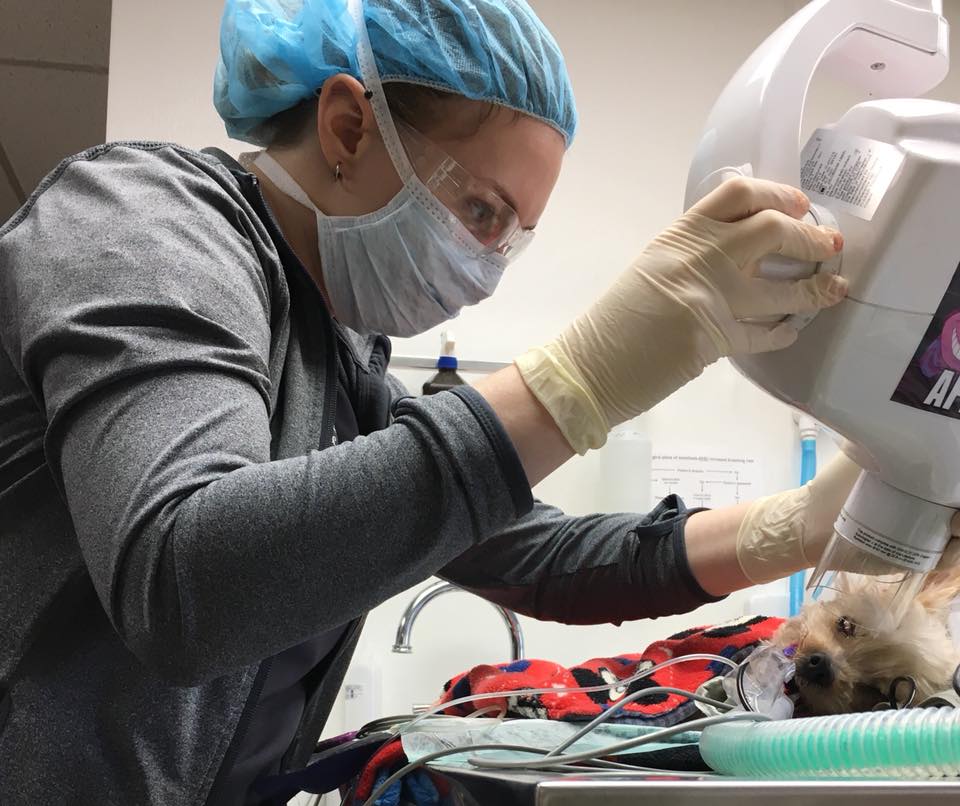 Is my dog’s flea & tick control product toxic?
Is my dog’s flea & tick control product toxic?
If you own both cats and dogs, you should use a topical product for your dog that does not contain pyrethrins. If your cat and dog spend a lot of time together, snuggling and/or grooming each other, your cat is at risk of coming into contact with pyrethrins via your dog, which can be very dangerous for them. Pyrethrins can cause muscle tremors, seizures, and sometimes death in cats.
 Do fleas need a warm body to survive?
Do fleas need a warm body to survive?
While adult fleas live and feed on a warm animal’s body, a significant part of the flea lifecycle is spent off the animal (carpet or no carpet). Flea larvae will find other dark, low-traffic areas to progress through their lifecycle. Cracks and crevices in hardwood floors, gaps between baseboards and floors, cracks in walls or at wall junctures, in and under furniture, beds, and appliances, between and under seat cushions, underneath area rugs, and in the drapes—all these places can provide a safe environment for fleas to survive in. Even the best petowners can encounter fleas! Here are some cleaning tips if this has happened to you
 Are Over-the-Counter products just as effective?
Are Over-the-Counter products just as effective?
In short, no. Flea populations can develop resistance to control products if they are repeatedly exposed to them over time. Resistance to OTC preventives is common because these products have usually been on the market for extended periods of time, allowing the flea population to build up a resistance to them. In fact, flea control products typically move from the veterinary market to the public market as they become older. Some OTC products also do not meet the same safety standards that have been met by veterinary-approved products. Issues with drug toxicity are more common with OTC preventives. Your veterinarian will carry newer preventives that fleas will not have developed resistance to and will only recommend a product that is safe and effective.

 Is my dog’s flea & tick control product toxic?
Is my dog’s flea & tick control product toxic? Do fleas need a warm body to survive?
Do fleas need a warm body to survive?
 Are Over-the-Counter products just as effective?
Are Over-the-Counter products just as effective?


